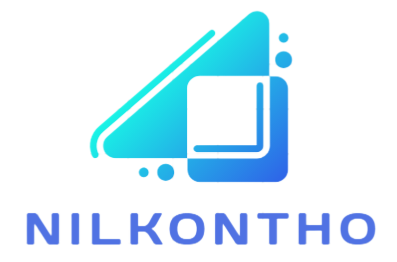Stock administration, the craft of offsetting stock levels with request, is crucial for organizations of all sizes in the US. Having the right situation set up guarantees productive activities, consumer loyalty, and cost enhancement for retailers, everything being equal, from rambling corporate stores to freely claimed organizations. This article analyzes the different types of stock administration frameworks in the US, their advancement, and the patterns that will shape their future.
Conventional Strategies and the Ascent of Innovation:
For quite a long time, organizations depended on manual stock administration, a framework inclined to blunders and shortcomings. Stock levels were followed on paper, with actual counts led consistently. This strategy, while straightforward, battled to deal with complex stockpile chains and dynamic deal designs.
The development of technology-driven inventory management systems took place at the end of the 20th century. Early programming arrangements offered essential functionalities like stock following, buy request age, and detailing. These frameworks, while a critical improvement, actually required manual information passage, restricting their viability.
The Current Landscape of Inventory Management:
Today, stock administration frameworks in the US are a different scene, taking special care of organizations of all sizes and across ventures. Here is a breakdown of the predominant methodologies:-
Stock Administration Programming (IMS): Cloud-based IMS arrangements are the most well-known decision. They offer a far-reaching set-up of highlights, including continuous stock following, requests to the executives, standardized identification examining, revealing, and reconciliation with other business frameworks like bookkeeping programming. Well-known choices incorporate Zoho Stock, Fishbowl, and Ordoro.
Undertaking Asset Arranging (ERP) Frameworks: ERP systems that combine inventory management with other functions like finance, production, and customer relationship management (CRM) are frequently used by large businesses. These complicated frameworks give an all-encompassing perspective on business tasks however require huge ventures and skills to carry out.
Without a moment to spare (JIT) Stock Administration: This approach centres around limiting stock holding costs by getting merchandise just when they are required for creation or deal. JIT works well for businesses with predictable demand patterns because it relies heavily on accurate forecasting and strong relationships with suppliers.
The decision of framework relies upon factors like the size and intricacy of the business, its industry, spending plan, and innovative skill.
Factors Molding Stock Administration in the US:
The US’s evolution of inventory management systems is being influenced by several important factors, including the e-commerce boom: The management of inventory across multiple channels and the need to quickly fulfil orders are two new obstacles that have emerged as e-commerce has grown in popularity. Stock administration frameworks have been adjusted with highlights like request satisfaction modules and mixed with online customer-facing facades.
Disruptions in the Supply Chain: The weaknesses of conventional supply chains have been brought to light by global events in recent times. Stock administration frameworks consolidate highlights like gamble the board devices and provider execution following to alleviate disturbances.
Information Investigation: Organizations are utilizing information examination capacities inside stock administration frameworks to acquire significant experiences in deal patterns, stock development, and request gauging. This information-driven approach assists organizations with upgrading stock levels and further developing independent direction.
Automation: With features like automatic purchase orders and barcode scanning, automation is becoming an increasingly important factor, reducing manual labour and increasing productivity. Computerization additionally considers quicker and more precise stock information catch.
The Eventual Fate of Stock Administration Frameworks:
As technology advances, two trends that will likely shape the future of inventory management systems in the United States are artificial intelligence (AI) and machine learning (ML). Computer-based intelligence and ML will assume a more noticeable part in stock gauging, request expectation, and mechanized navigation. This will permit organizations to accomplish a more unique and enhanced stock administration technique.
IoT, or the Internet of Things, The coordination of IoT gadgets like savvy sensors and RFID labels will empower the continuous following of stock all through the production network. This will give much more prominent perceivability and command over stock levels.
Solutions in the Cloud: Cloud-based stock administration frameworks will turn into the standard, offering versatility, availability, and cost-adequacy for organizations, everything being equal.
Supportability Joining: Stock administration frameworks will consolidate highlights that advance supportability by enhancing transportation courses, lessening waste, and following the ecological effect of items all through the production network.
